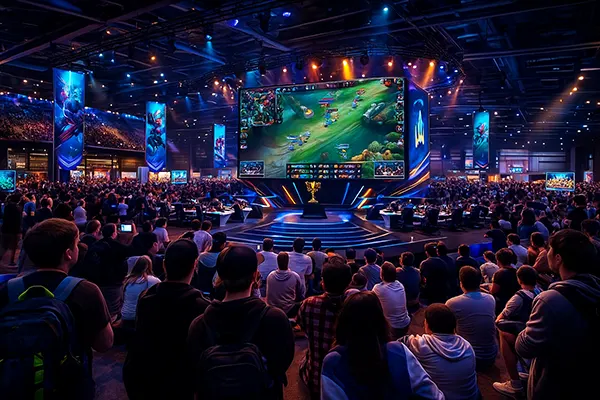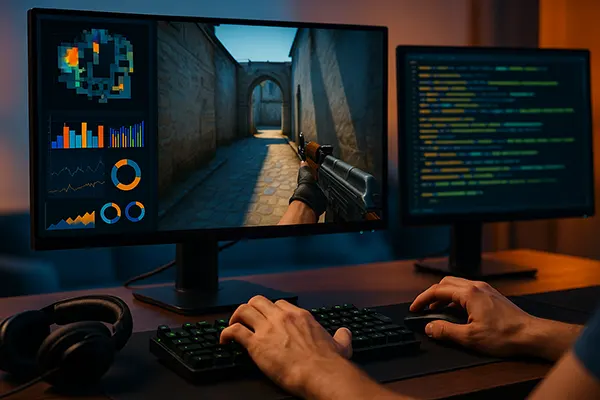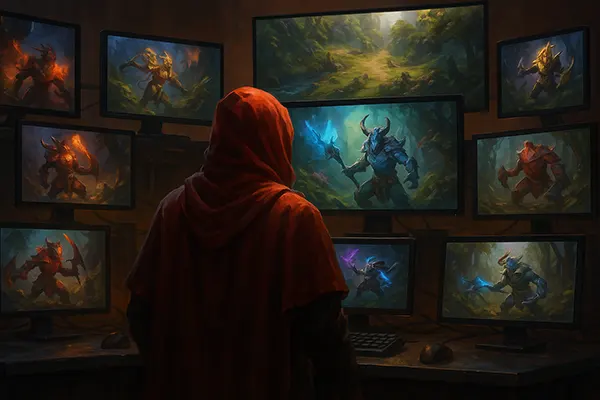How the Playstyle of Chinese Dota 2 Teams Changed After COVID-19 and the Decline of LAN Tournaments
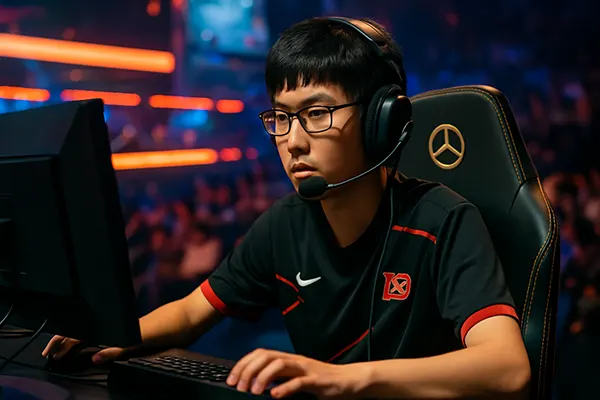
The global COVID-19 pandemic drastically altered the competitive Dota 2 ecosystem, especially in China, a region once renowned for its discipline, strategy, and LAN dominance. With the decline of physical events, Chinese teams were forced to adapt to a new digital era of competition. This transformation brought notable changes to their playstyles, priorities, and international performance. By 2025, these shifts have become more evident and measurable, reflecting both strategic evolution and systemic challenges.
From Methodical Precision to High-Paced Skirmishes
Historically, Chinese Dota 2 teams were recognised for their calculated decision-making, late-game focus, and refined coordination. This methodical style was highly effective in the LAN setting, where team cohesion, emotional control, and preparation yielded consistent results. However, with the long absence of LAN tournaments, online competitions demanded faster reaction times and looser structures.
As a result, Chinese squads began embracing more skirmish-oriented drafts and aggressive mid-game engagements. Instead of building their strategies solely around late-game scaling heroes, teams experimented with flexible drafts favouring tempo control, map dominance, and frequent ganks. The once-typical ‘4-protect-1’ setups gradually gave way to dual-core or even tri-core lineups with strong early to mid-game presence.
This transition, while gradual, enabled some teams to compete more effectively in unpredictable online lobbies. Nonetheless, it challenged their long-held strategic identity, creating friction between traditional macro play and modern tempo meta.
Impact on Player Development and Hero Pool
The online era favoured younger players who thrived in low-latency environments and adapted quickly to shifting metas. As older veterans retired or stepped back, many rosters saw new talent rise rapidly. This brought an influx of mechanical skill, but also raised questions about consistency and shotcalling maturity.
Hero pools expanded to include more versatile and lane-dominant options. Mid-laners and offlaners increasingly favoured mobile initiators like Pangolier and Void Spirit, rather than static farming heroes. Supports adapted with stronger laning tools, often choosing heroes with flexible roles and disruptive abilities, such as Hoodwink or Snapfire.
Yet, this broadening also came with instability. Frequent patch changes required continuous adaptation, and the lack of consistent bootcamping made it harder to implement complex strategies requiring extended practice and in-person synergy.
Rise of Regional Leagues and Isolation Challenges
The post-pandemic landscape gave rise to extended regional leagues, including China’s DPC (Dota Pro Circuit) division, which replaced frequent international events. While these leagues ensured consistent competition, they also led to regional insularity. Teams played the same opponents repeatedly, limiting exposure to Western innovations or SEA tempo shifts.
This regional isolation subtly shaped playstyle. Chinese teams doubled down on familiar tactics, building drafts around comfort picks and internal meta trends. The reduced diversity in scrims and official matches limited adaptability on the international stage, especially in global tournaments like The International or Riyadh Masters.
Additionally, the lack of inter-regional travel restricted observational learning. Teams could no longer refine strategies through in-person scouting or shared environments, leading to slower innovation compared to their Western counterparts.
Strategic Rigidity in International Play
By 2023–2025, Chinese teams frequently struggled against the unpredictability of Western drafts and SEA aggression in international brackets. Their polished fundamentals remained strong, but they often lacked the explosive flexibility needed in high-stakes knockouts.
Drafting became a critical pain point. Opponents exploited predictable opening picks, forcing Chinese captains into uncomfortable territory. While teams like LGD Gaming and Xtreme Gaming showcased high-level execution, their limited exposure to varied styles sometimes led to tactical stagnation.
This rigidity was further exacerbated by scheduling conflicts and online fatigue. Without consistent LAN bootcamps, teams relied heavily on remote coaching and replay analysis, reducing real-time adjustment capabilities during live tournaments.
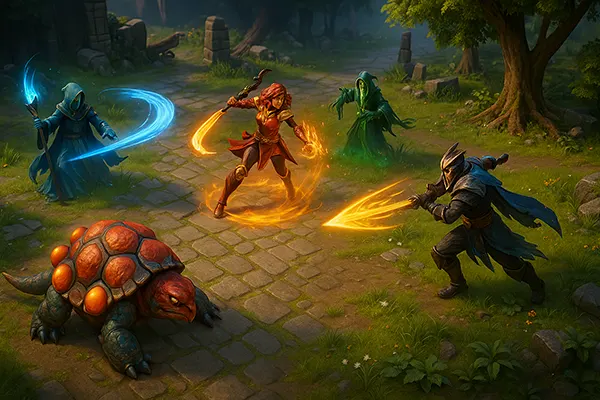
Revival through Cross-Regional Scrims and Talent Export
To overcome the post-COVID stagnation, several Chinese teams began prioritising international scrim blocks. Partnerships with SEA and EEU squads emerged, enabling cross-pollination of strategies and greater exposure to aggressive styles. These initiatives, while limited in 2022, expanded significantly by 2024.
In parallel, a few Chinese players transitioned to foreign teams, bringing their analytical discipline to new environments. This talent export created a feedback loop, where insights from abroad helped modernise domestic tactics. Examples include support players moving to European squads, or offlaners mentoring emerging SEA cores.
Moreover, international coaching hires brought fresh perspectives. By 2025, it is increasingly common to see Chinese rosters led by bilingual staff who integrate Western tempo theory with Eastern discipline, balancing teamfight aggression with vision control and lane efficiency.
The New Hybrid Identity of Chinese Dota
The current Chinese Dota 2 scene reflects a hybrid identity. While traditional values of structure and precision remain, they are now tempered with flexibility, aggression, and fast adaptation. Younger players continue to push the boundaries of mechanical expression, while veteran cores bring strategic depth.
Teams increasingly rely on hybrid compositions: balanced between execution-heavy drafts and adaptable skirmish setups. This shift allows them to remain competitive across patch cycles, regional metas, and opponent types. The transformation is not uniform, but it marks a significant evolution.
As live events begin returning more regularly in 2025, Chinese teams may once again reassert their LAN dominance—but this time, with a toolkit built from both old foundations and modern demands.

